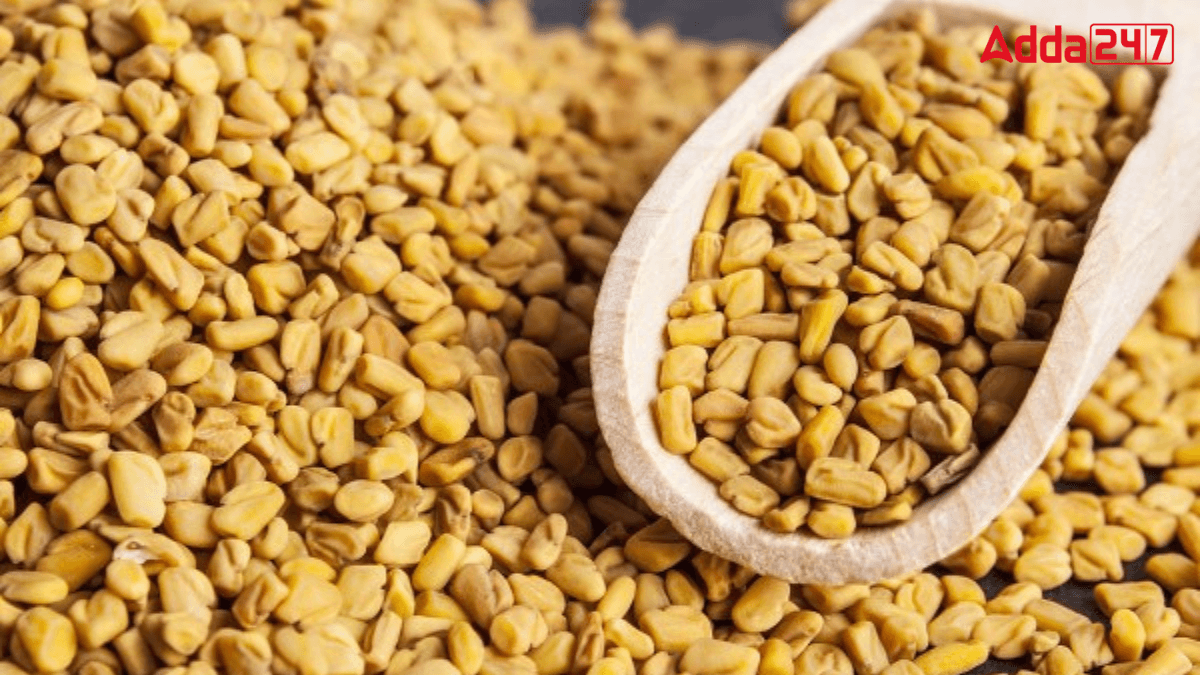Fenugreek, commonly called methi, is a popular herb and spice in India, valued for both its taste and health benefits. It is widely used in cooking as well as traditional medicine. India grows large amounts of fenugreek, and some states lead the way due to their suitable climate and fertile soil, making them the top contributors to the country’s overall production.
Fenugreek Production in India
India is the world’s top producer of fenugreek, with production reaching approximately 226,000 metric tons in the fiscal year 2023. The country’s favorable climate and soil make it a major source of this valuable herb used in cooking and medicine.
Top-5 Fenugreek Producing States in India
India is the largest producer of fenugreek, and several states contribute significantly to its production. Here are the names of top-5 fenugreek producing states of India:
- Rajasthan
- Madhya Pradesh
- Gujarat
- Haryana
- Maharashtra
India’s Largest Fenugreek Producing State, Rajasthan
Rajasthan is the largest producer of fenugreek in India. In recent year, the state produced around 118.87 metric tons, accounting for nearly 44% of the total production. The state’s favorable climate and soil conditions make it ideal for cultivating this important herb.
Madhya Pradesh
Madhya Pradesh ranks second, with a production of 101.46 metric tons, making up 40.26% of India’s total fenugreek production. The state’s agricultural resources and climate are well-suited for growing fenugreek.
Gujarat
Gujarat stands third in fenugreek production, contributing 16.70 metric tons, which is 6.63% of the country’s total production. Its fertile land and irrigation support the growth of high-quality fenugreek.
Haryana
Haryana produced 7.51 metric tons of fenugreek, which accounts for 2.98% of the total production. The state’s rich soil and favorable farming conditions make it a good place for fenugreek cultivation.
Maharashtra
Maharashtra produced 5.42 metric tons, contributing 2.15% to the country’s total fenugreek production. The state’s agricultural practices and climate are conducive to growing this valuable herb.



 Which Country is Known as the Land of Ch...
Which Country is Known as the Land of Ch...
 Which Bird is known as the King of Birds...
Which Bird is known as the King of Birds...
 Which City of Austria is Known as the Ci...
Which City of Austria is Known as the Ci...







